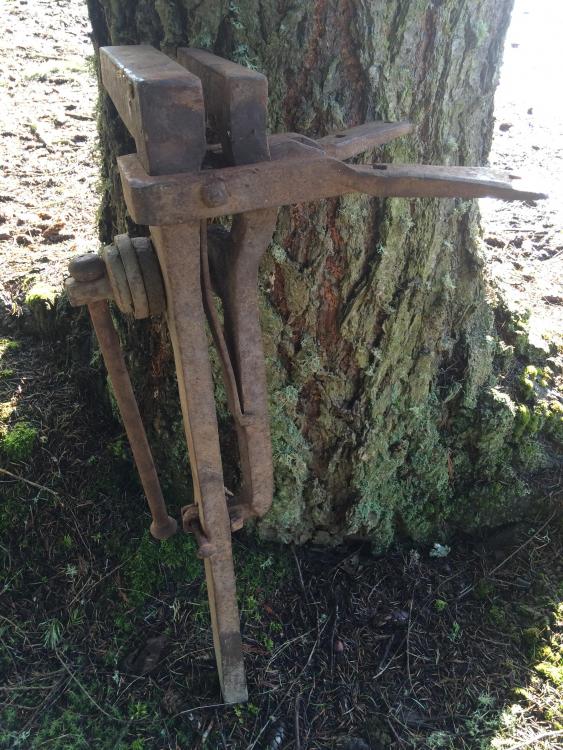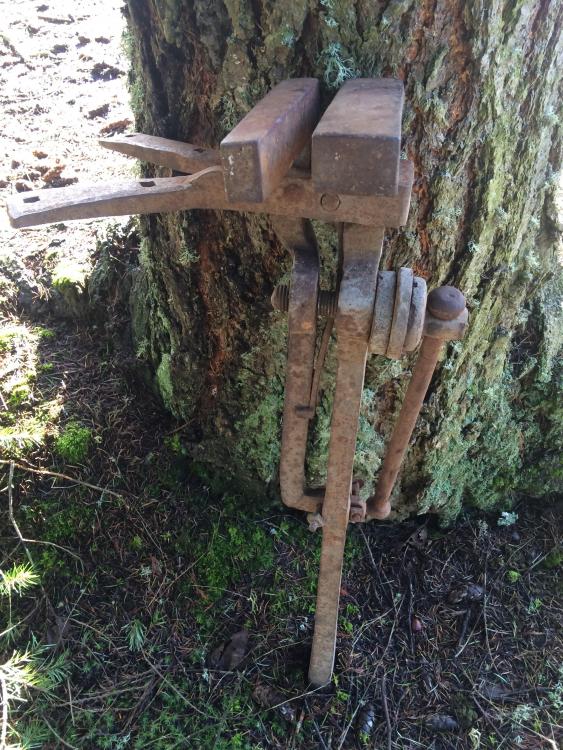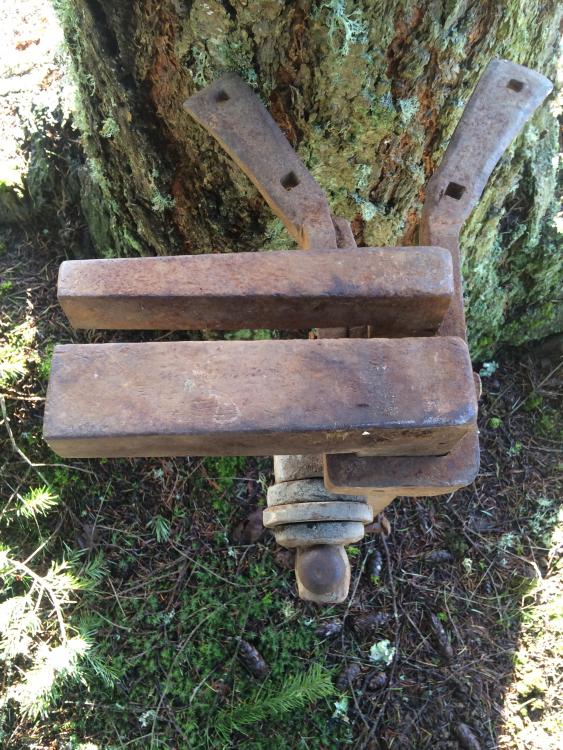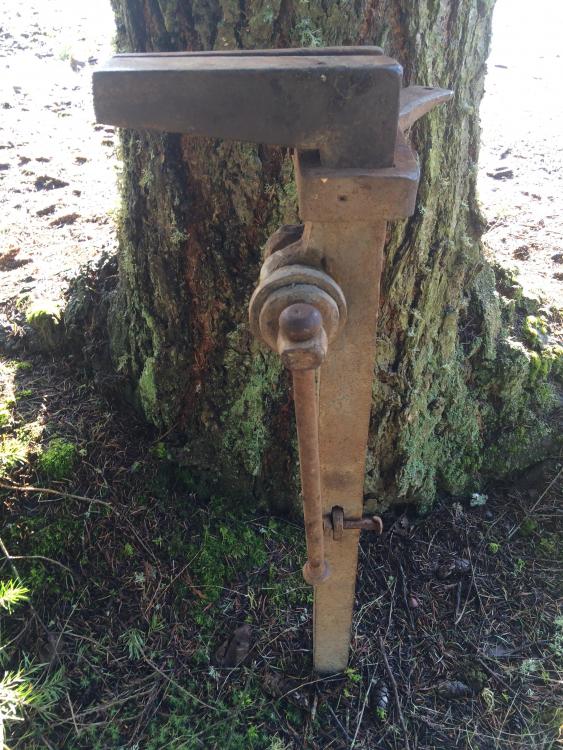
Reversepolarity
Members-
Posts
32 -
Joined
-
Last visited
Content Type
Profiles
Forums
Articles
Gallery
Downloads
Events
Everything posted by Reversepolarity
-
Found another one
Reversepolarity replied to Reversepolarity's topic in Anvils, Swage Blocks, and Mandrels
Thanks for the info. my first trenton. Really liking it. -
That block is a dandy!
-
Found another one
Reversepolarity replied to Reversepolarity's topic in Anvils, Swage Blocks, and Mandrels
-
Found another one
Reversepolarity replied to Reversepolarity's topic in Anvils, Swage Blocks, and Mandrels
It is a cast base. what year would that put this anvil at? -
Found another one
Reversepolarity replied to Reversepolarity's topic in Anvils, Swage Blocks, and Mandrels
The logo stamp is pretty worn. I can tell that the N is not like an X like most Trentons that I have seen. As far as the serial number goes, I cannot tell if the first number is a one. Or if it is just a weird spot on the foot. What age would you put on this anvil? -
Found another one
Reversepolarity replied to Reversepolarity's topic in Anvils, Swage Blocks, and Mandrels
I am not worried about the face at all. Rings fine, and rebounds at 75-80% Maybe the paint exagerates the line. Serial number is 165236 -
Stopped by a flea market over the weekend. After inquiring about blacksmith tools. A vendor mentioned he had some stuff at home. After meeting at his place, and a little negotiating. I walked away with a 123 pound Trenton, Warren tool 3/4 fuller, and 3 pairs of tongs. Someone had painted it silver at some point. But it cleaned up easy enough.
-
Nice job! How long are those, and are you getting any flex? I work in an industrial sheetmetal shop. We hand layout all fittings , and parts. My dividers are my most used hand tool.
-
Vertical weld at floor level
Reversepolarity replied to John in Oly, WA's topic in Welding/Fab General Discussion
As was mentioned clamp the rod in the end of the stinger, or bend the rod as needed. Straight in is fine for rod angle. Hold longer on the edges, and move quickly throught the middle. That will flatten the bead out. 7018 is to be ran vertical up. Also swivel the rod to aim at the edges, don't just weave side to side. Your 6010 rod would also be suitable. -
That Prentiss is a DANDY!
-
What electrode to use on wrought iron?
Reversepolarity replied to DannyD's topic in Welding/Fab General Discussion
Very true. Most guys at welding supply stores have no experience. I have had great luck stick welding wrought iron. I use a small rod 3/32" 7014 or 7018 Also run at the low end of the heat. Just enough amperage to keep the rod from sticking. Really watch the puddle and react accordingly. The slag formation behind the puddle will be a little different than welding mild steel, but you will get the hang of it. Another key thing I have found repairing wrought iron is the prep work. Clean the joint with a wire wheel. The cleaner the better. -
Indeed those are the weight, and date stamps
-
I paid $300, I was happy at $2 per pound There is one for sale right now (Craigslist) in Seattle right now for $400 also The last few I have seen for sale around here were $600-$800 for this size, and they sold at those prices. Patience always pays off.
-
Finally found an AFFORDABLE swage block on Craigslist. 15"x15"x4" Got the stand put together today, just have to paint it.
-
Without a makers mark on it. It is pretty hard to ID. Looks to be in great shape
-
Question for the Peter Wright guys
Reversepolarity replied to Reversepolarity's topic in Anvils, Swage Blocks, and Mandrels
I totally agree, most Peter Wrights I see have been rode pretty hard. I do like this anvil. And the large working area of the face. But I much prefer my Hay Budden anvil. And as was mentioned. The weight stamp is 212 pounds. But even with the face damage it tips the scale at 213.9 -
Works out great for me. I had been looking for an 8" leg vise for a couple of years. Most of my work is making obsolete parts (heavy work) for loggers, and farmers. This vise being offset is a great bonus for long work. I also like the depth of the jaws, they hold work very nice for file work. The best part was the price $60
-
Question for the Peter Wright guys
Reversepolarity replied to Reversepolarity's topic in Anvils, Swage Blocks, and Mandrels
Thanks guys. The lack of Solid Wrought stamp has always made me wonder. -
Tore the vise down tonight to wire wheel, and wipe down with linseed oil. Whoever made did a great job. No electric welds anywhere. Wonder how old this thing is.
-
Here is the bending plate I made. I use a hold fast on the anvil, or clamp it in a vise. It is 5/8" plate. Square upset hole adjustable mandrel bender, various sizes adjustable bending fork And an oval hole for drifting
-
I am always looking for different tools. Came across this leg vise. Seems to have been home made. But was made VERY well. It is offset, and will be great for long work. It has 8 1/2" wide jaws, and closes very straight and tight. The rear jaw is the movable jaw.
-
I coat them with boiled linseed oil
-
I wish I had a press. No such luck The U bolt will get turned around when I mount the vise. I just put it on quickly to test spring pressure.
-
This entire process took just under 3 hours. With a little work. Most of these old vises still have alot of serviceable working life in them.
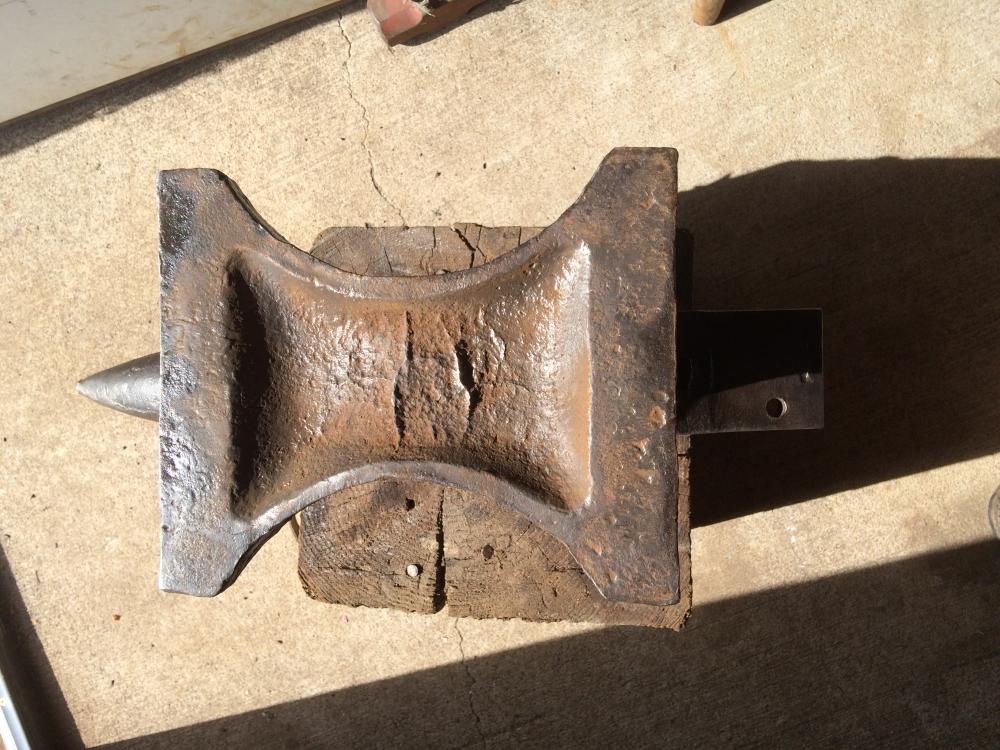
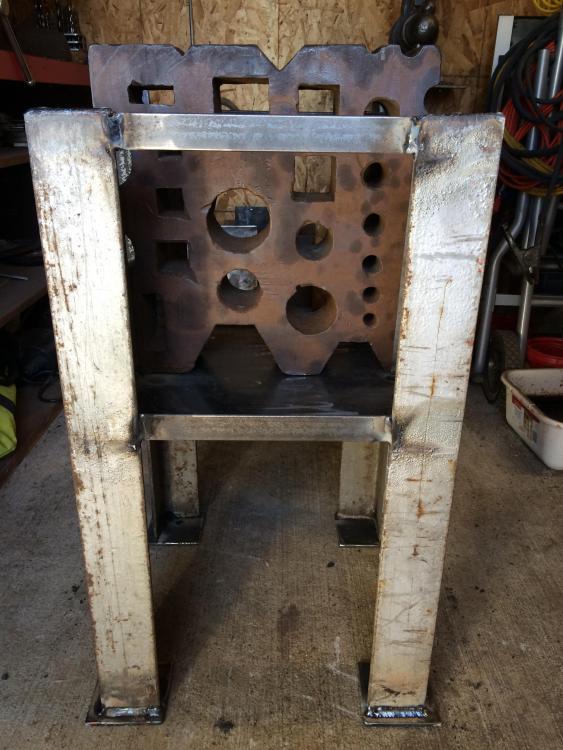
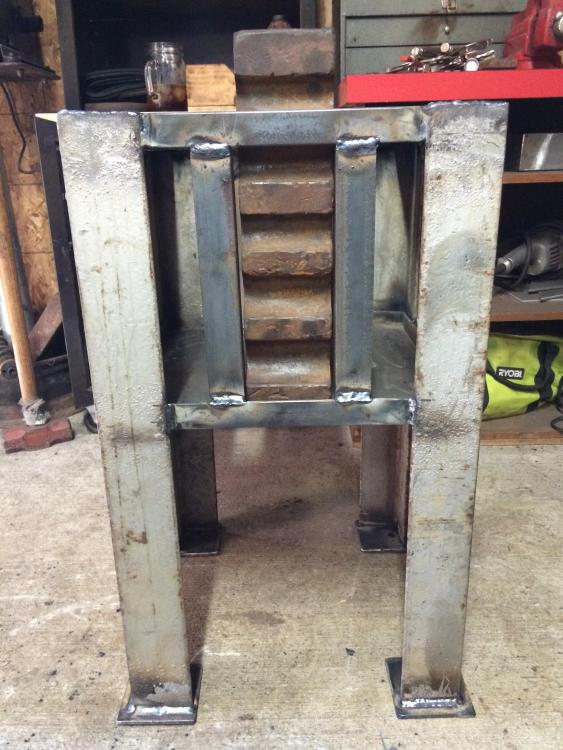
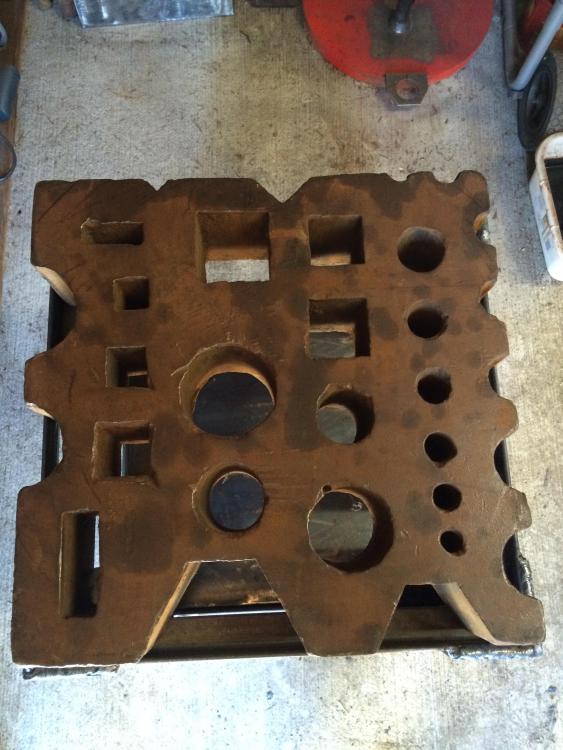
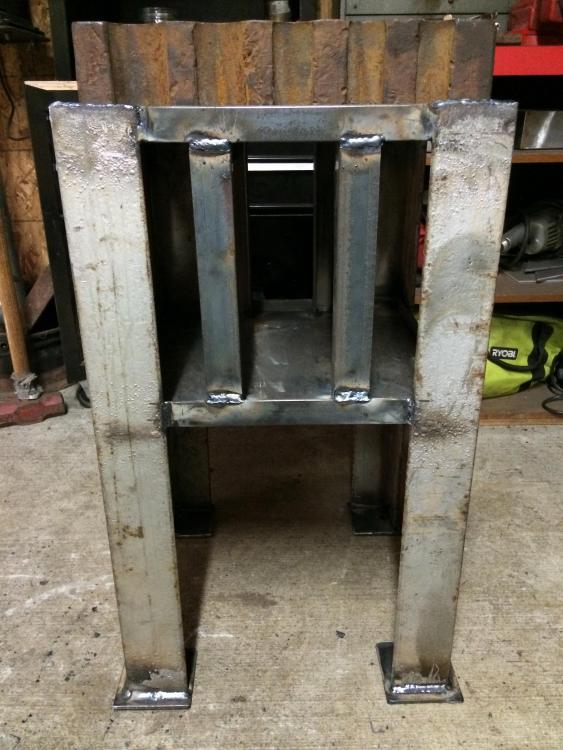
.thumb.jpg.0433f13dc39fd410709a49352a181733.jpg)
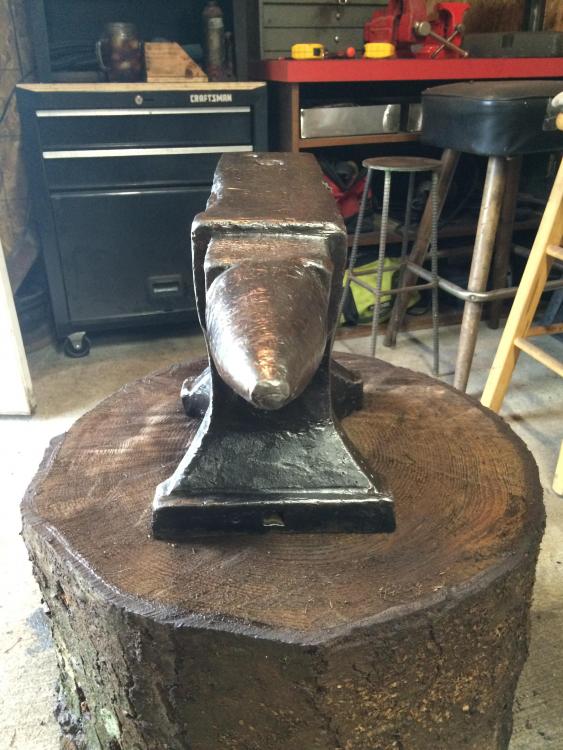
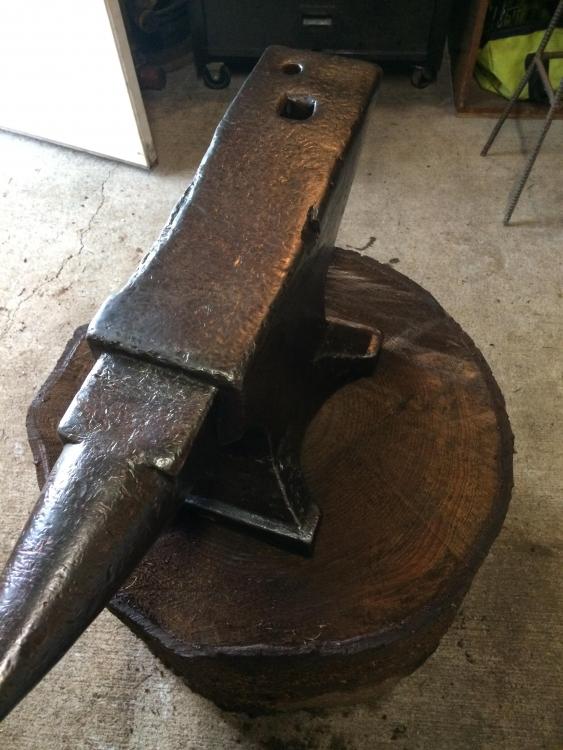
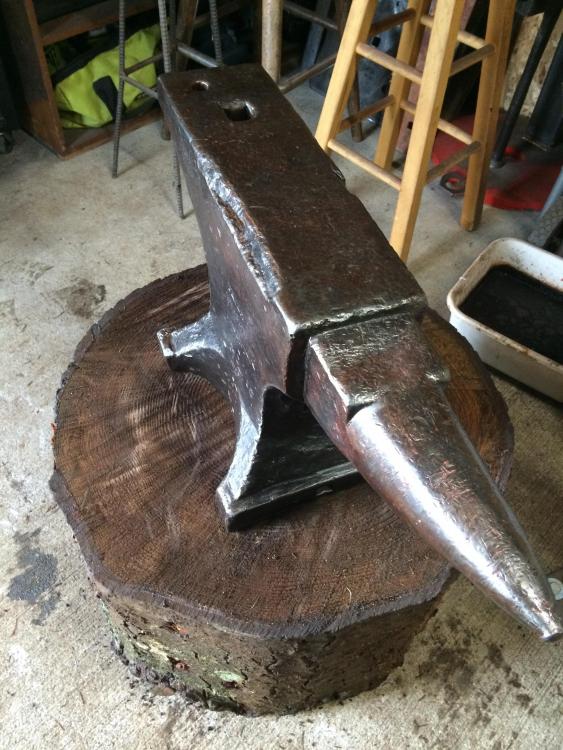
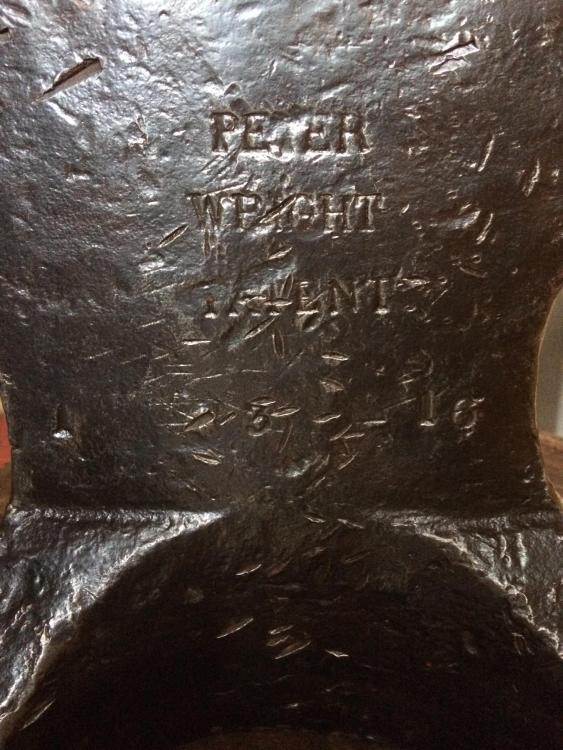
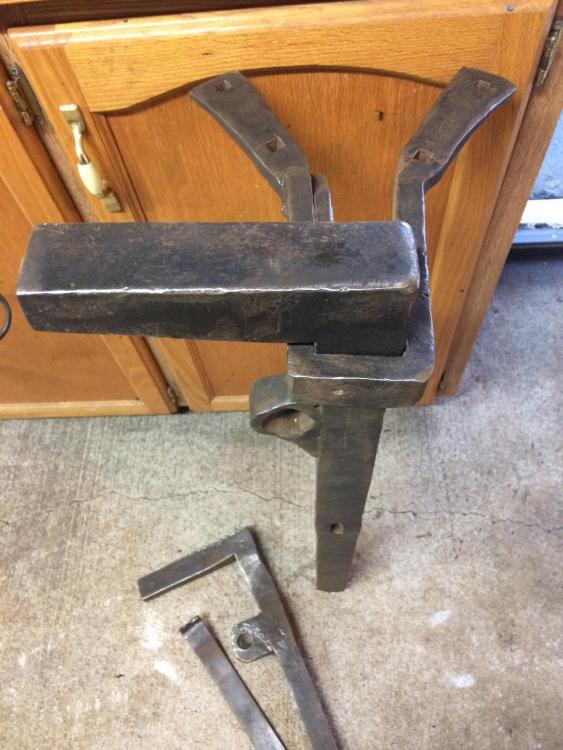
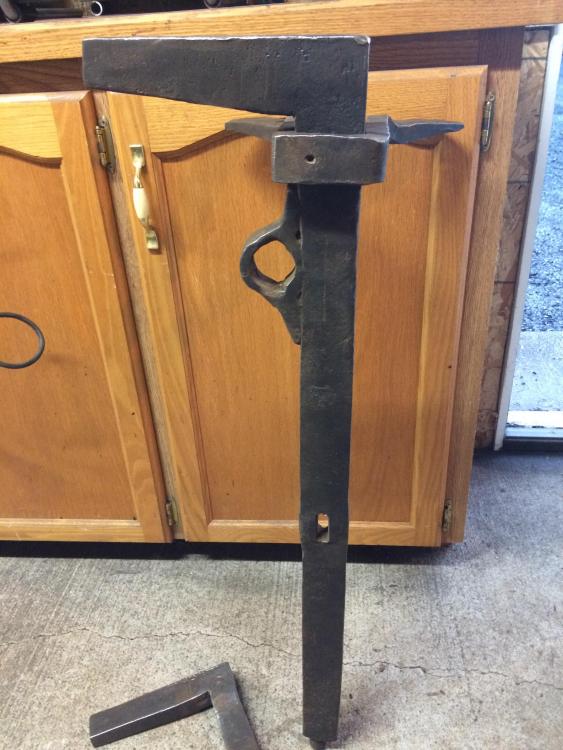
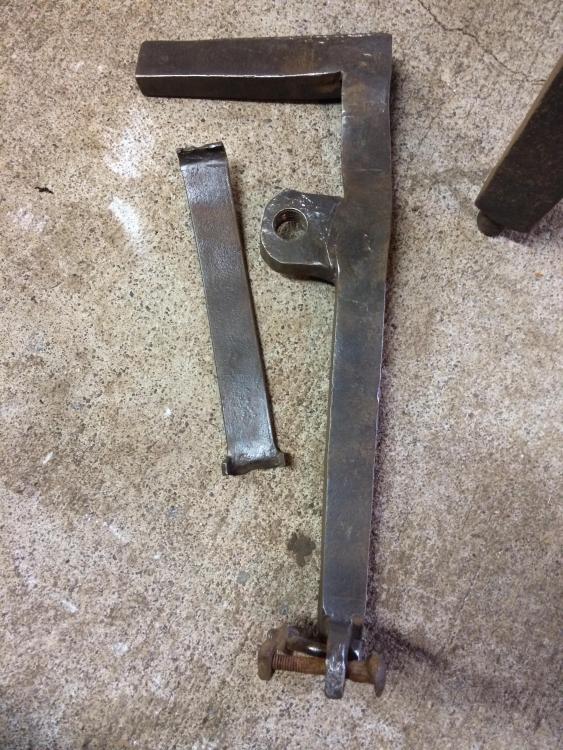
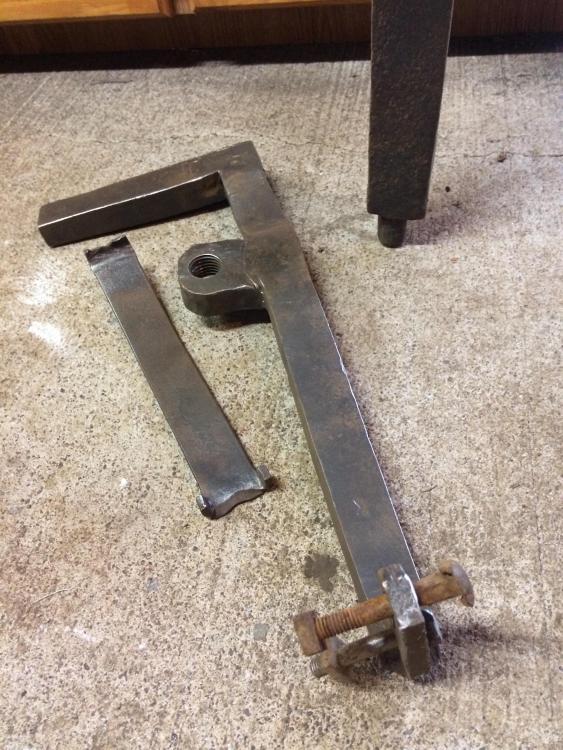
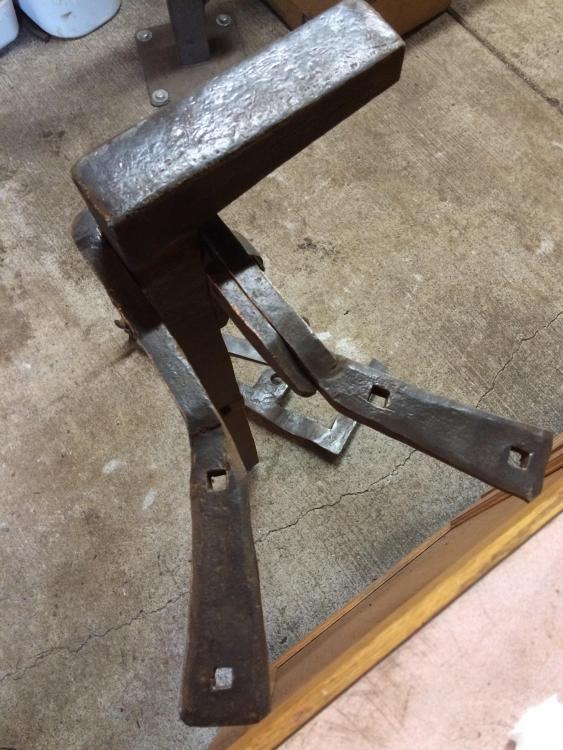
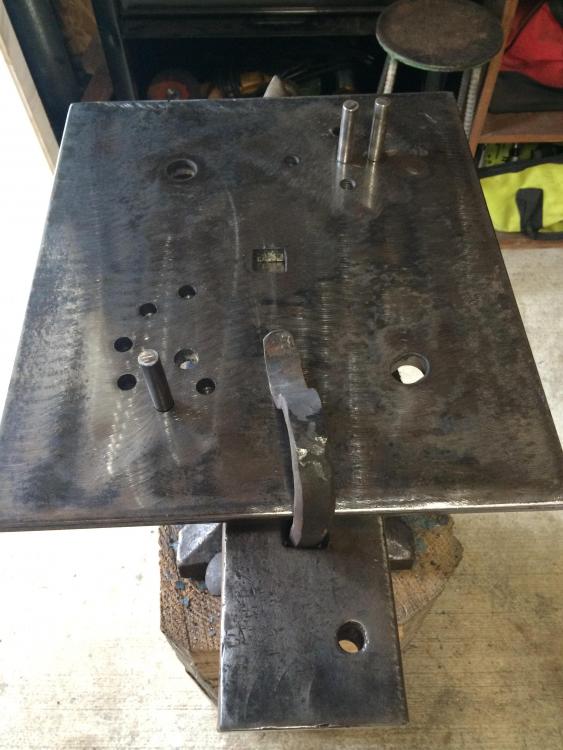
.thumb.jpg.2fd749e1e4176438396e4f03d8ce7151.jpg)
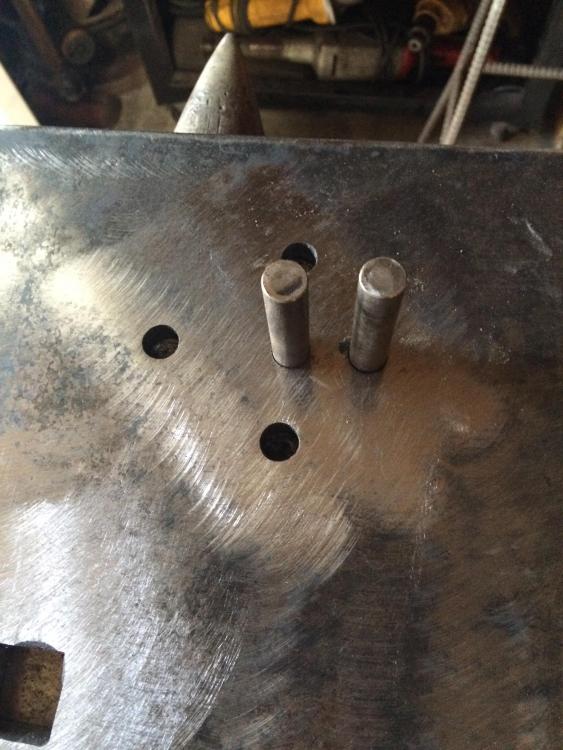
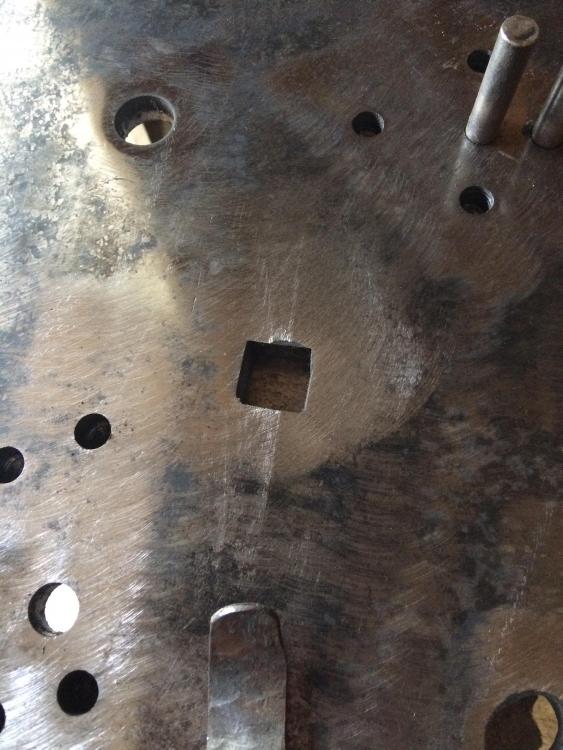
.thumb.jpg.a565fffe6bbfbf6f9cd20782fcc54333.jpg)
.thumb.jpg.904c6e0a7e020b2c3522e7afe969e068.jpg)
